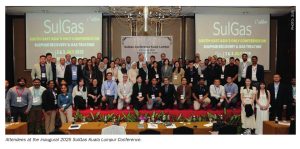
SulGas® Kuala Lumpur 2025
SulGas® KL, South-East Asia’s sulphur recovery and gas treating conference organised by Three Ten Initiative Technologies LLP, made its debut from 2-3 July 2025, at Impiana KLCC, Kuala Lumpur, Malaysia.

SulGas® KL, South-East Asia’s sulphur recovery and gas treating conference organised by Three Ten Initiative Technologies LLP, made its debut from 2-3 July 2025, at Impiana KLCC, Kuala Lumpur, Malaysia.
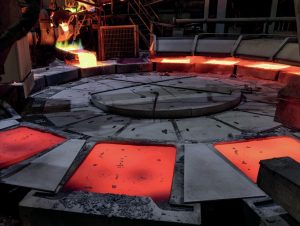
CRU's analyst Viviana Alvarado discusses the effect of smelter outages and maintenance, a copper concentrate shortage, and Asian capacity ramp ups, on sulphuric acid supply and prices.
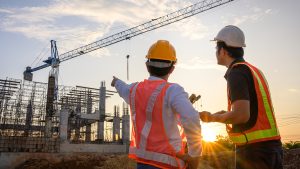
Chinese electrolyser manufacturer LONGi Green Energy has begun construction on a $325 million green methanol project in Inner Mongolia that will combine biomass gasification with hydrogen from the company’s electrolysers. The project, being developed at the Urad Rear Banner Industrial Park, will process 600,000 t/a of agricultural waste to produce 190,000 t/a of green methanol in the first phase. Phase 2 will expand ethanol capacity to 400,000 t/a, with hydrogen coming from new electrolysers powered by 850 MW of wind and 200 MW of solar power. LONGi says that the project will cut carbon dioxide emissions by 1.2 million t/a, while adding more than 1 GW of wind and solar capacity to the region’s energy mix.
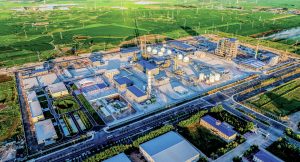
Clariant has signed a strategic cooperation agreement with Shanghai Boiler Works, a subsidiary of Shanghai Electric which specialises in energy conversion and the development of new energy applications, to jointly foster innovation in sustainable energy solutions. The partners say that they will combine their expertise to advance green energy projects in China.

Casale has been awarded a contract to supply melamine technology by Anhui Haoyuan Chemical Group. The new melamine plant will feature Casale’s uLEM-N technology, with a design capacity of 60,000 t/a, and will be fully integrated into an urea plant operated by Anhui Haoyuan. This is the third project that the two companies have developed together, following the successful implementation of two 1,500 t/a ammonia synthesis loop plants based on Casale’s N-LOOP™ technology.
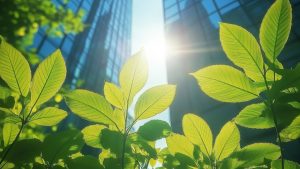
L&T Energy GreenTech Ltd (LTEG), a wholly-owned subsidiary of Larsen & Toubro (L&T), has entered into a joint development agreement with Japan’s Itochu Corporation of Japan to develop and commercialise a 300,000 t/a green ammonia project at Kandla in Gujarat state. Under the agreement, LTEG and Itochu will collaborate on the development of the green ammonia facility, with Itochu planning to offtake the product for bunkering applications in Singapore.

The Chechen Republic’s Ministry of Industry and Trade is reportedly in discussions with Chinese company Wuhuan over the construction of a mew nitrogen fertilizer plant in the region. Wuhuan is being considered as a potential EPC contractor, with technology and design coming from Russian design agency JSC GIAP. A site in the republic’s Naursky district has been earmarked for the project, which aims to produce 1,700 t/dm of ammonia and 3,000 t/d of urea. Development and construction is expected to take five years, with plant startup currently scheduled for the first half of 2030. The total cost of the project is estimated at $2.4 billion.

Polish company Hynfra PSA and the New & Renewable Energy Development Corporation of Andhra Pradesh have signed a memorandum of understanding to create the joint venture company JK Srivastava Hynfra (JKSH). The company plans invest $4 billion to build a new green ammonia plant powered by up to 3 GW of solar and wind energy supported by battery storage at Visakhapatnam in India’s Andhra Pradesh province. The plant will initially produce 100,000 t/a of green ammonia, with the eventual goal of scaling up to 1 million t/a. The first phase is due to be completed in Q1 2029. Some of the green ammonia will be exported to Japan, South Korea and Taiwan, while the remainder will be used domestically in the fertiliser and power sectors, particularly to support the decarbonisation of coal-based power generation through ammonia co-firing.
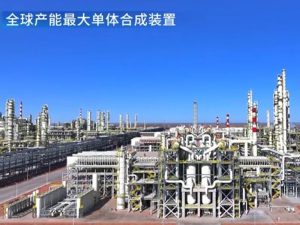
World's largest methanol plant - Johnson Matthey designed methanol plant uses syngas as feedstock, combined with advanced catalysts
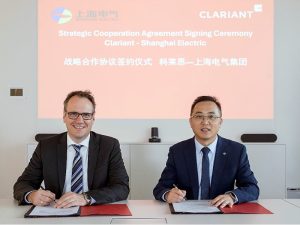
Clariant Catalysts signs strategic cooperation agreement with Shanghai Electric to 'jointly foster innovation in sustainable energy solutions'